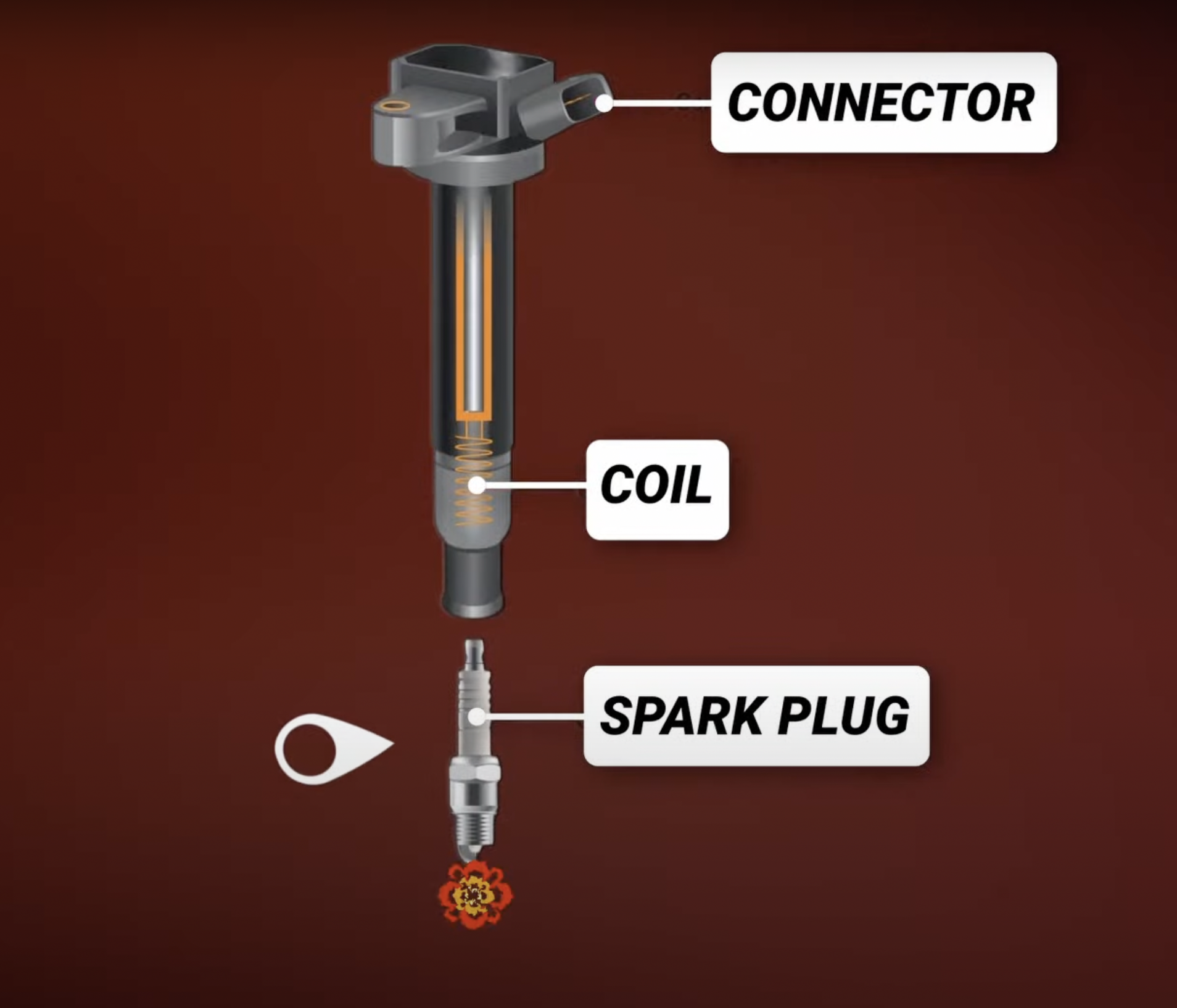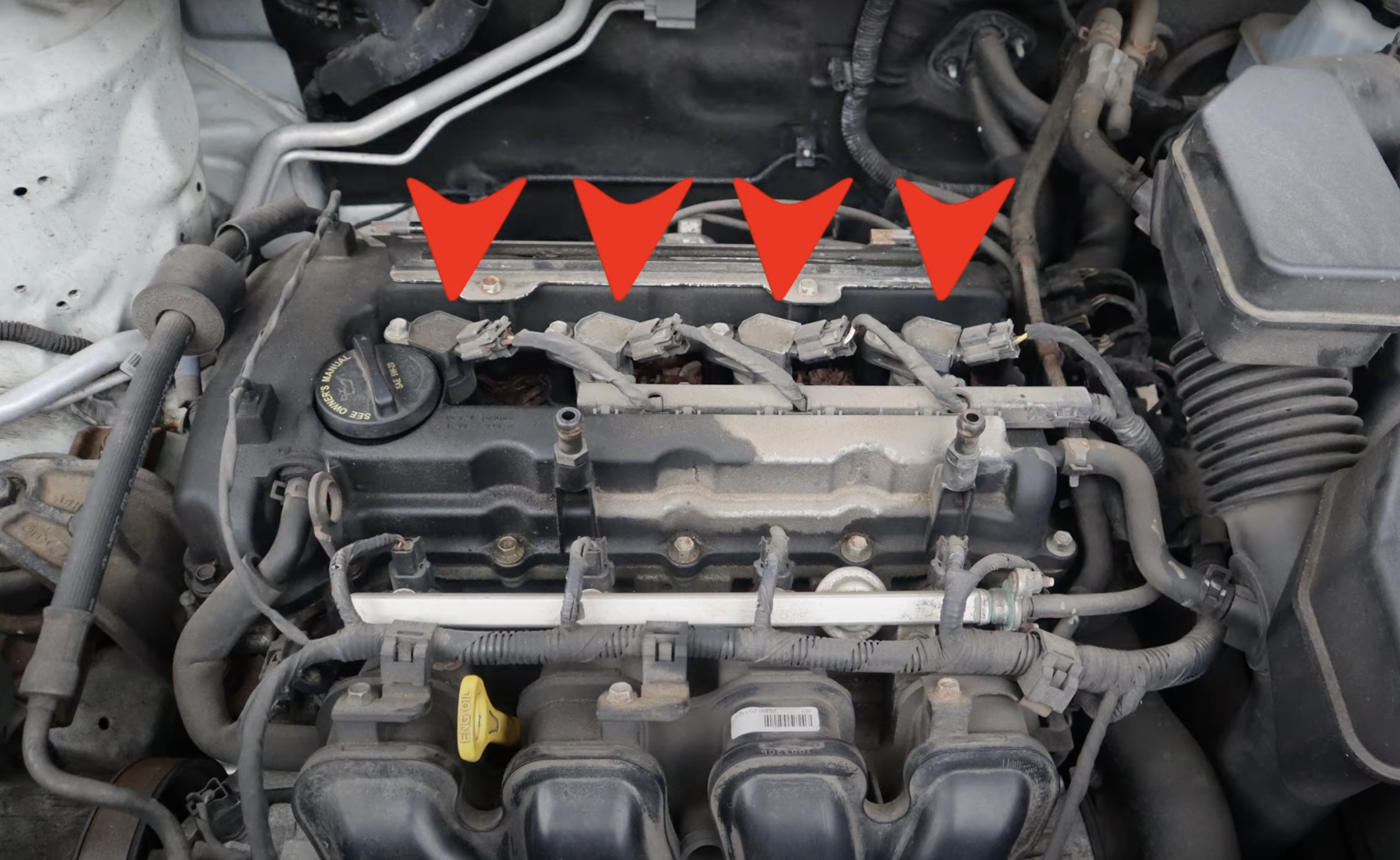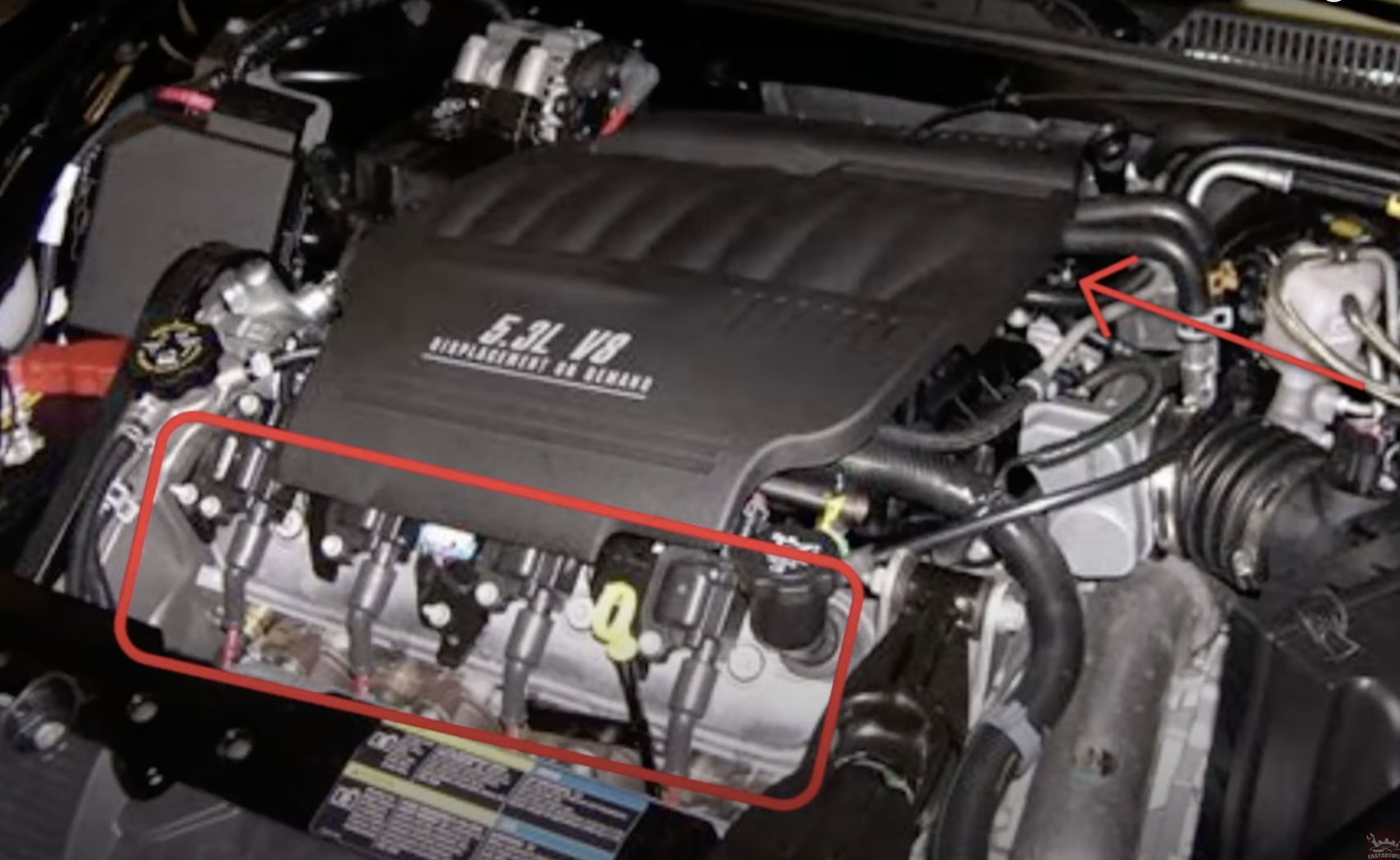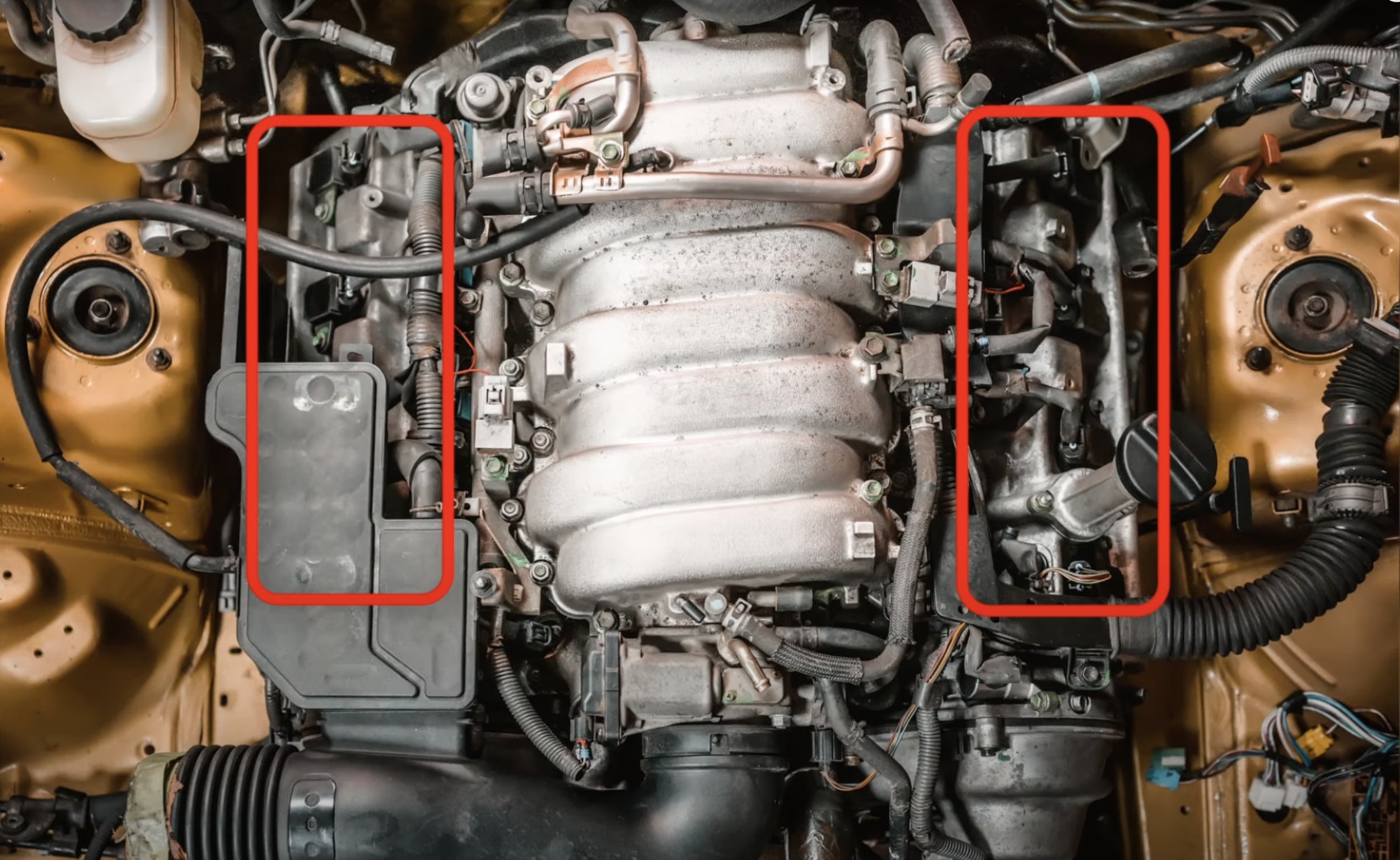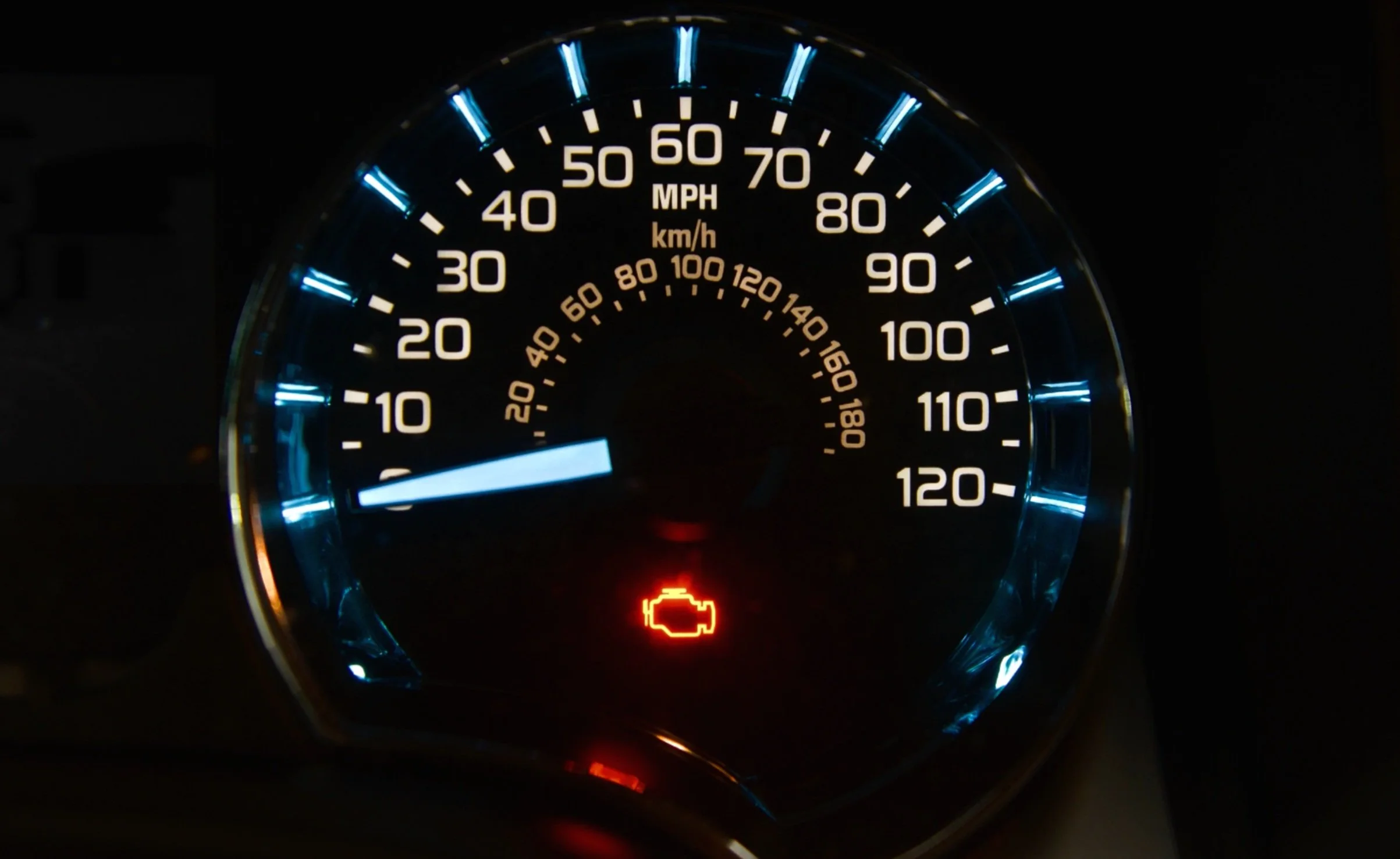DON’T IGNORE THESE 4 SIGNS OF BAD IGNITION COILS
As a responsible car owner, you know that keeping your vehicle in top condition is essential for your safety and driving experience. One vital component that affects your car's engine performance is the ignition coil. When an ignition coil goes bad, it can cause a chain reaction of issues that can impact your vehicle's performance and even your safety. In this article, we'll explore the signs of a bad ignition coil and the causes that can lead to its failure. But before we dive into the symptoms, let's first understand the purpose of ignition coils.
purpose
The ignition coil's function is to convert the low voltage of 12V from the battery into a high voltage of up to 40,000V. This voltage is transferred into the spark plug to allow it to produce a spark to ignite the air-fuel mixture. However, the ignition coil only operates when instructed by the engine control module.
location
There are different types of ignition systems that can help to produce a spark: distributor-based, distributor-less (waste spark), and COP coil-on-plug. Today, we will focus on the COP system, as it's the most commonly used.
Now, where exactly are these ignition coils located in your engine? That depends on how many cylinders you've got under the hood. In a 4-cylinder engine, you can usually find them in a row of 4 right at the top of the engine. But, if you've got a 6 or 8-cylinder engine, you'll find the ignition coils in rows of 3 or 4 either on the left and right sides of the engine, or on the front and back sides.
4-Cylinder Engine: Ignition coils are on top of the engine
8-Cylinder Engine: Ignition coils are on the front & back sides of the engine
8-Cylinder Engine: Ignition coils are on the right & left sides of the engine
symptoms
check engine light
The first symptom of a failing ignition coil is an illuminated engine light. When the ignition coil fails to send voltage through the spark plug, it results in a misfire - meaning there won't be any mini-explosions in the combustion chamber. The engine control module (ECM) is quick to pick up on this and will turn on the check engine light to alert the driver. With this OBD2 scanner, you can scan your vehicle for trouble codes. Here are some misfire codes that can pop up:
P0300: Random/Multiple Cylinder Misfire Detected
P0301: Cylinder 1 Misfire Detected
P0302: Cylinder 2 Misfire Detected
P0303: Cylinder 3 Misfire Detected
P0304: Cylinder 4 Misfire Detected
P0305: Cylinder 5 Misfire Detected
P0306: Cylinder 6 Misfire Detected
P0307: Cylinder 7 Misfire Detected
P0308: Cylinder 8 Misfire Detected
P0309: Cylinder 9 Misfire Detected
P0310: Cylinder 10 Misfire Detected
P0311: Cylinder 11 Misfire Detected
P0312: Cylinder 12 Misfire Detected
As you can see, these codes are correlated with the cylinder that's misfiring, so you can easily identify the problem area. Some vehicles even have specific codes for a faulty ignition coil.
rough idle
Rough idle is when your car's engine doesn't run smoothly while it's idling, causing vibrations and shaking. You may feel it in the steering wheel, dashboard, or even your seat. It's a common sign of a failing ignition coil. As mentioned earlier, when an ignition coil fails to send voltage through the spark plug, it creates a misfire. This misfire is the reason why you’re experiencing a rough idle.
It's important to note that a rough idle can also be caused by other factors such as a bad idle air control valve, a dirty throttle plate, or even a vacuum leak. So, if you're only experiencing a rough idle, without any other symptoms, it's important to have a professional mechanic diagnose the issue before assuming it's due to a faulty ignition coil. Ignoring the issue could lead to more serious problems down the road, so don't hesitate to get it checked out as soon as possible.
poor performance
The next symptom of a faulty ignition coil is poor performance. Your car will feel slower than usual. When an ignition coil fails to send voltage to a spark plug, it creates a misfire, causing the engine to be slower. For optimal engine performance, all cylinders need to ignite the air-fuel mixture to push down the pistons and rotate the crankshaft. If even just one cylinder misfires in a four-cylinder engine, it reduces the engine's efficiency by 25%, resulting in poor performance.
smell of gas
The fourth symptom you might experience is the smell of gas. Since the air-fuel mixture isn’t being ignited in the cylinder, the fuel will go through the exhaust and out of the tailpipe. This will create a smell of gas. It’s also important to consider that with time, this excess fuel could go through your catalytic converter and cause it to overheat and get damaged. So it’s important to get this problem fixed right away.
how to test ignition coils
Firstly, it's important to check for any corrosion on the connectors, as this can prevent the ignition coils from working properly. Additionally, inspect the ignition coil for any cracks, as this could also be a sign of a faulty coil.
To test if an ignition coil is faulty, you can do a quick swap test. For instance, if you have a P0302 code indicating a misfire in cylinder 2, you can try swapping that ignition coil with another one on the same engine and see if the misfire moves with the ignition coil to the new cylinder. If it does, it's likely that the ignition coil is the root cause of the issue and should be replaced.
However, if you've swapped the ignition coils and still have a misfire in cylinder 2, it could be the spark plug that's causing the problem. To learn more about the symptoms of a faulty spark plug, you can check out this video here!
Check out my YouTube video!
Disclaimer: Some links in this article may be affiliate links.


